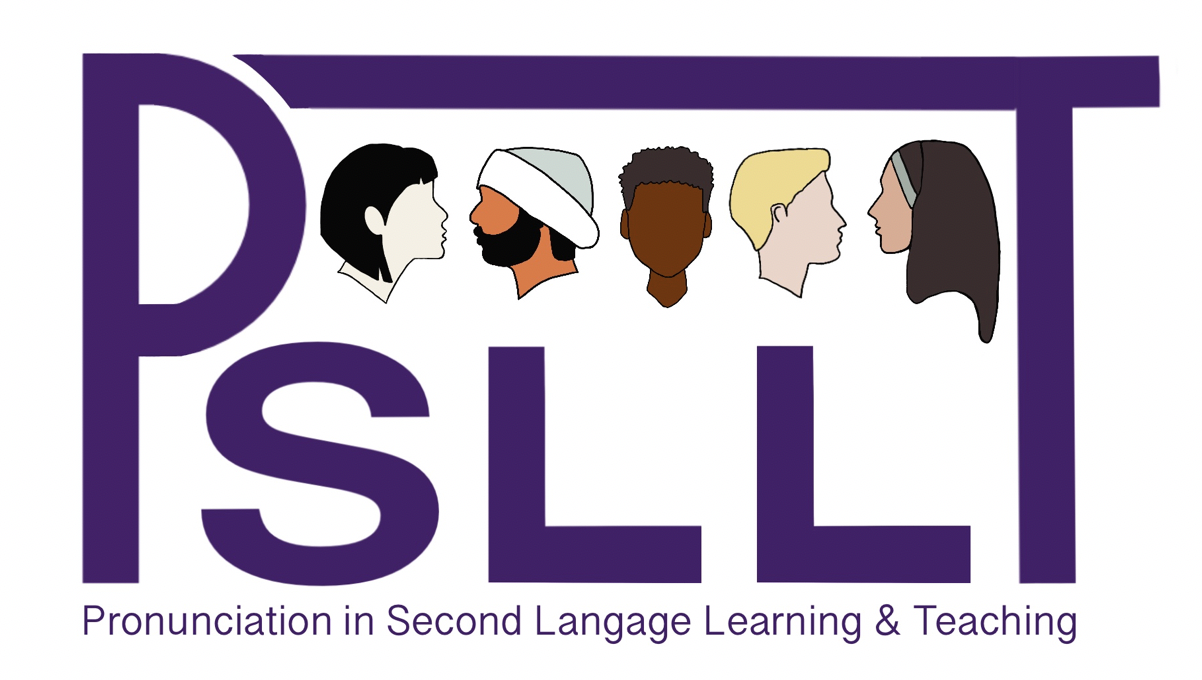Investigating the Phonological Content of Learners’ “Fuzzy†Lexical Representation for New L2 Words
- Rachel Hayes-Harb (University of Utah)
- Shannon Barrios (University of Utah)
Abstract
Adult learners are known to experience difficulty using novel second language (L2) phonological contrasts to distinguish words. Indeed, even the ability to perceive and produce a novel contrast with relative accuracy does not guarantee an ability to implement the contrast to distinguish words in tasks requiring lexical access. These observations lead to questions regarding the phonological content of learners’ lexical representations of difficult L2 contrasts. In the present study we use an artificial lexicon design involving naïve L2 learners to examine the lexical encoding and retrieval of words containing novel L2 phonological contrasts. In each of two experiments, native English speakers were taught a set of six Japanese-like auditory minimal pairs along with pictured meanings. The members of each pair were differentiated by either consonant length (e.g., [teki] vs. [tekki]) or vowel length (e.g., [teki] vs. [teeki]), which are contrastive in Japanese but not in English. Participants were then tested on their ability to match the pictures to auditory words. These test items were matched (e.g., see picture of ‘teki’, hear [teki]) or mismatched (e.g., see ‘teki’, hear [teeki] for segment length). The results are compared to the predictions of several possible scenarios with respect to the ways in which participants might encode and retrieve words varying in segment length.
How to Cite:
Hayes-Harb, R. & Barrios, S., (2018) “Investigating the Phonological Content of Learners’ “Fuzzy†Lexical Representation for New L2 Words”, Pronunciation in Second Language Learning and Teaching Proceedings 10(1).
Downloads:
Download PDF
View PDF
